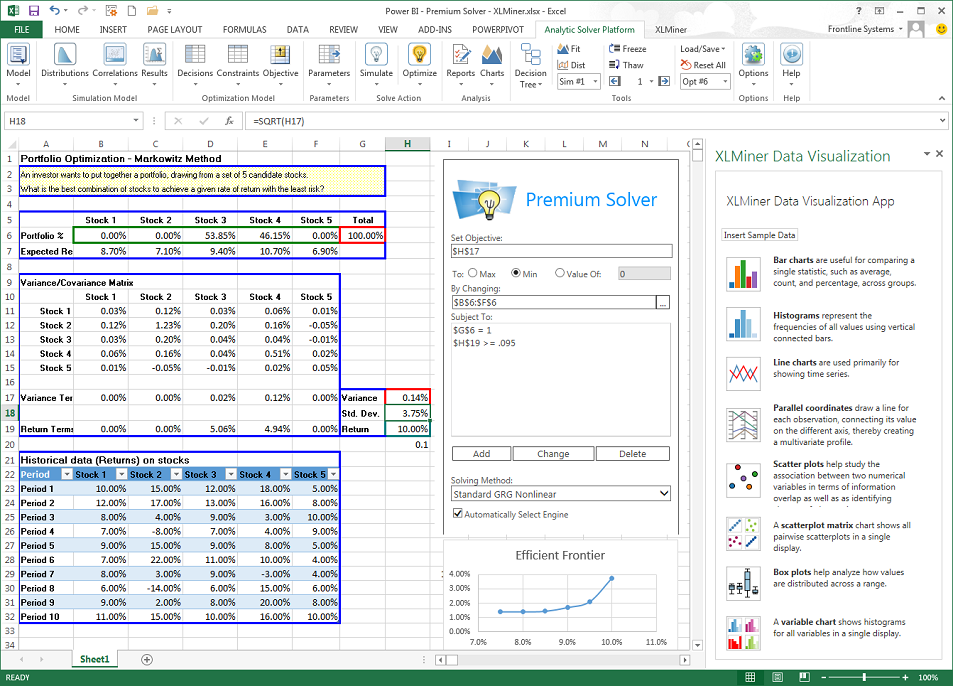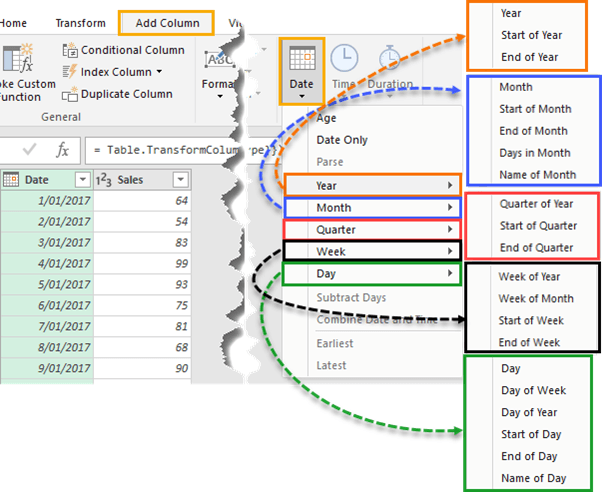

The image below shows the sales.csv file loaded. So you will not see it on the worksheet, but you will see a Queries and Connections pane appear showing the number of rows loaded. Select Only Create Connection and check the box to Add this data to the Data Model. So we will just close and load the data.Ĭlick Home > Close & Load list arrow > Close & Load To This is just a quick example to get the data into the model for Power Pivot. There are a lot of tools we can use here to transform the data. Click the Edit button at the bottom of the window. You will then see a window with a preview of your file. Locate the CSV file within the Import Data dialog and click Ok. Power Query is outside the scope of this article, but here is a quick example of getting our sales data from CSV files. And it can all be refreshed with the click of a button in the future. Power Pivot can then be used to model and analyze this data. Power Query is a tool built into Excel to make importing and transforming external data simple. The best way to bring this data into Excel is by using Power Query. But often if you are working with large data sets you are getting data from a database, a folder or multiple text/CSV files. You can download the files and follow along for some hands-on practice.įirstly we need some data. We will now walk through our use case scenario.
#Power bi download excel 2010 how to
How to import CSV files to the Data Model If you are using Excel 2010 you will need to download the Power Pivot Add-In from the Microsoft Site. The Power Pivot tab will then be visible on the Ribbon. Select COM Add-Ins from the Manage list, and click Go.Ĭheck the box for Microsoft Power Pivot for Excel and click Ok.
#Power bi download excel 2010 install
It will just take a few seconds to install it from the COM add-ins the first time you want to use it. In Excel 2013, 2016 and 365 Power Pivot is included as part of the native Excel experience. How to get and install the Power Pivot add-in And perform analysis with a PivotTable and DAX. Then create relationships between the tables (instead of thousands of VLOOKUPs).

Previously we would have imported the files into three different sheets and then used VLOOKUPs to pull the data into one big list for use in a PivotTable.īut with Power Pivot, we will import them directly into the data model for efficient storage. We would like to import these 3 files into an Excel workbook to analyze them and find the top 5 selling products, as well as which countries we received over £10 million.

It also includes a CSV file with all our customers and their details, and one with all our product details. This includes a CSV file of all sales transactions for a specified time period. Let's imagine a scenario where we export sales data from our database. Let’s look at an example business use case to see where Power Pivot will help us and I'll explain how to use PowerPivot in this case. So what is Power Pivot? It is really a combination of using PivotTables and DAX calculations with the internal data model of Excel for analysis of big data.Ĭheck out this short video that explains why we need Power Pivot: The DAX language is vast and enables us to perform more complex calculations than we can do with a standard PivotTable. This stands for Data Analysis Expressions. You can also use a powerful formula language in Power Pivot called DAX. We can then create PivotTables based on this model to analyze multiple tables of data. No more VLOOKUPs to pull data together into one big list. Relationships can then be created between the different tables of data. It does this by loading the data into the internal data model of Excel and not onto a worksheet. Power Pivot enables us to work with big data beyond the 1,048,576 limitation and still produce smaller, leaner and faster workbooks than a standard PivotTable. In reality, it can struggle as you get to 100,000 or even before that depending on what you have in your workbook. an Excel worksheet can handle 1,048,576 rows of data.


 0 kommentar(er)
0 kommentar(er)
